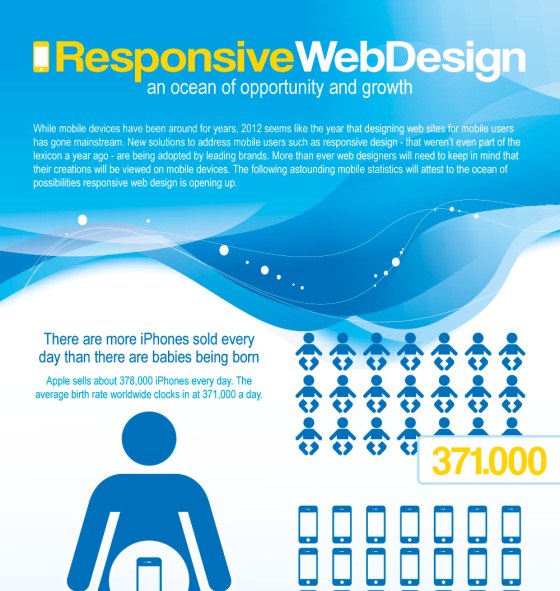Basic Elements Of Website Design: Standards For Creating A User-Centric Site
Basic Elements Of Website Design: Standards For Creating A User-Centric Site
Blog Article
Article Written By-Aguirre Skinner
When it involves site style, guaranteeing user-friendliness is essential. From receptive layout to structured navigating, every component plays a vital function in producing a website that satisfies your audience's demands. However what about the better details that can make or break a user's searching experience? Remain tuned as we reveal some often-overlooked pointers that can raise your web site's use to the following level, making it really stand apart in the electronic landscape.
Value of Responsive Design
Receptive style is a crucial element of contemporary internet site growth. https://www.searchenginejournal.com/5-ecommerce-seo-tips-to-improve-organic-performance/362830/ is receptive methods that it can adjust to different display dimensions and tools, providing a smooth experience for individuals.
With the increasing use smartphones and tablet computers to access the internet, having a receptive layout is crucial for getting to a larger audience. It aids in enhancing individual experience by making your web site very easy to browse and continue reading any gadget.
In addition, receptive style can favorably influence your search engine positions, as search engines like Google prioritize mobile-friendly websites. By having a responsive style, you're additionally future-proofing your website, as new gadgets with varying display sizes remain to emerge.
Simplify Navigating Structure
To improve individual experience and promote easy accessibility to information on your web site, enhancing the navigating structure is paramount. When designing your website, focus on producing a clear and user-friendly navigating menu that aids site visitors locate what they're trying to find quickly.
Limitation the number of food selection products to the essentials, organizing relevant web pages together to prevent overwhelming individuals. Usage detailed labels that clearly indicate the content of each page, making it less complicated for users to comprehend where each link will take them.
Think about implementing dropdown menus for subcategories to stop jumbling the major navigation bar. In addition, include a search bar plainly on the page for individuals that favor searching for certain information.
Prioritize mobile responsiveness in your navigating layout to make certain easy gain access to on all devices.
Enhance Page Load Rate
Improving web page load rate is critical for keeping site visitors on your site. Slow-loading pages irritate users and can result in high bounce prices. To maximize web page lots speed, beginning by enhancing photos. Compress read the article without endangering quality to minimize their documents dimensions.
Additionally, allow browser caching to save often accessed sources locally, speeding up lots times for returning site visitors. Minify CSS, JavaScript, and HTML documents by getting rid of unnecessary characters, remarks, and format, boosting lots rate.
Consider using a content delivery network (CDN) to disperse your internet site's material throughout multiple servers worldwide, minimizing latency for individuals accessing your website from different places. Finally, restrict making use of third-party scripts and plugins, as they can dramatically influence load times.
Conclusion
In conclusion, by including receptive layout, streamlining navigating, and optimizing page load speed, you can develop an easy to use internet site that attract a bigger audience and boosts individual experience. simply click the next web page make sure that visitors can easily accessibility and navigate your site across different gadgets, resulting in increased interaction and complete satisfaction. By focusing on these key aspects, you can build an effective internet site that keeps individuals returning for more.
